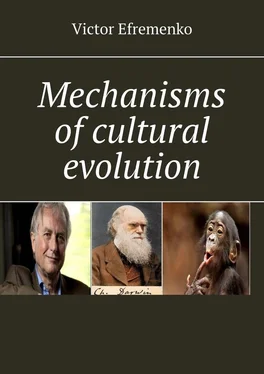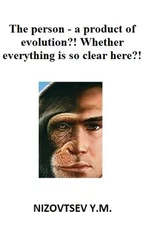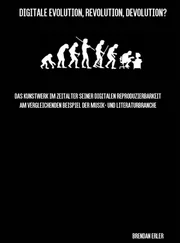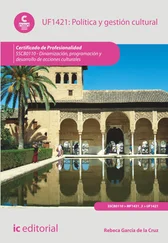These processes of group selection cannot be adequately described within the framework of socio-Darwinism, but only within the framework of sociobiology, because this is mental selection, not selection based on morphological properties. For biological systems, group selection is not characteristic, but for human societies it is important.
5. People have created constitutions, laws that guarantee them certain rights. In biological evolution, no one guarantees anyone any rights.
6. The speed of human social evolution is much higher than biological and is still increasing.
The listed changes (deviations from the usual biological evolutionary path) indicate that man has somehow evolved and is significantly different from Homo Sapiens, which appeared 160—180 thousand years ago. But these differences are not genetic. Differences in behavior are caused by functional changes in the states of neural networks, changes in thinking.
Functional changes in thinking are analogous to changes in the software environment in a computer, which give it different qualities.
These arguments are enough to admit that man is no longer an animal and cannot be viewed from a purely biological standpoint. It has evolved. But this happened not with the help of genes, as the evolution of species in biology takes place, but with the help of other replicators and a different mechanism of inheritance.
4. The origins of cultural evolution
For any evolution of living things, energy resources are needed to support the processes of life, and hence homeostasis. The plant world receives energy directly from the Sun, using the reaction of photosynthesis, biological objects for energy must be fed on organic food with energy stored in it. Cultural evolution is human evolution in the field of information processing and needs to be fed by an information resource.
All organic resources are limited, so biological objects are forced to fight for them in different ways. The struggle for coexistence leads to natural selection of individuals in populations, useful adaptations are preserved in populations in the process of inheritance.
The information resource of cultural evolution is essentially unlimited. Having learned how to extract, exchange and use it, a person gains almost unlimited power and significant ecological release. Human actions are no longer fully determined by environmental conditions, there is a certain «free will».
Information resource properties
In real life, when two subjects share resources (voluntarily or as a result of coercion), then the resource increases for one, and decreases for the other. This is a fundamental rule of life following from the laws of conservation of matter. Thanks to this property, competitive relations of living beings for resources arise, and history is the incessant wars of mankind for material resources.
If a person shares an apple with a friend, then he has only half of the apple left for consumption. There must be motivation to share.
Information is also a resource, a resource with special properties.
The donor’s information resource, when shared with others, does not decrease, which radically distinguishes it from any material resource.
If people share an information resource, it makes both of them richer. The mind is a tool that allows information to be used. And it is beneficial to share information, because it makes everyone richer.
The one who received becomes richer because the resource received can be used to his advantage (it is assumed that this is some information and technological resource), and the other, acting as a donor, has a chance to receive a similar resource in the future from the recipient, if between the counterparties have established a relationship of trust.
This property of information resources makes the process of uniting people endowed with sufficient intelligence in large agglomerations (the process of socialization) beneficial and evolutionarily inevitable, where one can communicate and share experience (information), and where, as a result of communication, everyone’s information security increases. Socialization allows the exchange of information between people, there is a possibility of division of labor, leading to a multiple increase in productivity, to an increase in the wealth (resources for development) of society.
Thus, the emergence of sufficient intelligence in the HS makes it possible to use an information resource that has such a remarkable property.
The reasons for the emergence of cultural evolution
Not upright posture of a person, i.e. the movement of a person on two limbs, and not work made Homo sapiens a person, as they write about it
evolutionists are philosophers. These are only accompanying factors of this metamorphosis.
Two factors made cultural evolution possible:
1. A developed mind and advanced communication languages created by it, which made it possible to work effectively with information.
2. The property of an information resource – when sharing it with others, it does not diminish in the original owner.
Man has managed, living in relatively small communities of hunter-gatherers, to create developed languages of communication, and his mind made it possible to extract useful information from everyday experience and systematize. For example, the mind suggested that it is possible not to roam, collecting prey and hunting, but to live in one place, raising what is possible, domesticating animals and raising livestock. The creation of relatively large settlements revealed the benefits of cooperative interaction, because in such settlements, the division of labor, the exchange of information is already possible, and the protection against possible aggressive actions of the neighboring population increases.
Languages of communication were the tool allowing to own, use, exchange information.
Correct division of labor
The variability of species discovered by Charles Darwin extends to the species Homo Sapiens. Only a small percentage of gifted people in societies are able to extract information and dissect it in the brain so that it turns out to be useful for the life of not only them, but a significant number of people. Therefore, large agglomerations are needed, in which there will be a certain number of such people.
The wealth of peoples is not in the accumulated gold, it is in the technologies mastered, in the ability to develop innovations, in the division of labor, in the correct use of the information resource.
A team of creative people is needed for innovation. It cannot be done alone.
The correct division of labor means that it is Archimedes (people of this kind) who thinks, invents, learns, Hercules performs feats, the Macedonian conquers India, Abram and Joseph as the most wise, compose religious texts that are supposedly dictated from above, and the common man works hard with their qualifications. And everything starts to develop rapidly due to the cooperation of efforts. But this is ideal. This is not exactly how it happens in life.
But it is still clear that in a large community there should be more smart, gifted people. And if one of them invents the wheel, the idea of the wheel becomes common property, and today the whole world is already on wheels. But there was someone first who came up with it.
In A. Tvardovsky’s «Vasily Terkin» this idea about innovation in relation to the field kitchen in the war is formulated as follows.
Smart, to be sure,
There was the same old man
What did the soup come up with
On wheels straight.
To use the information resource and share it, they need some trust in large societies.
Читать дальше












